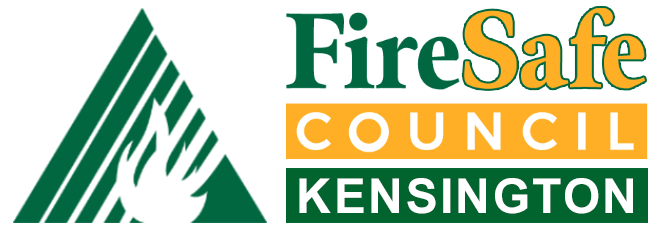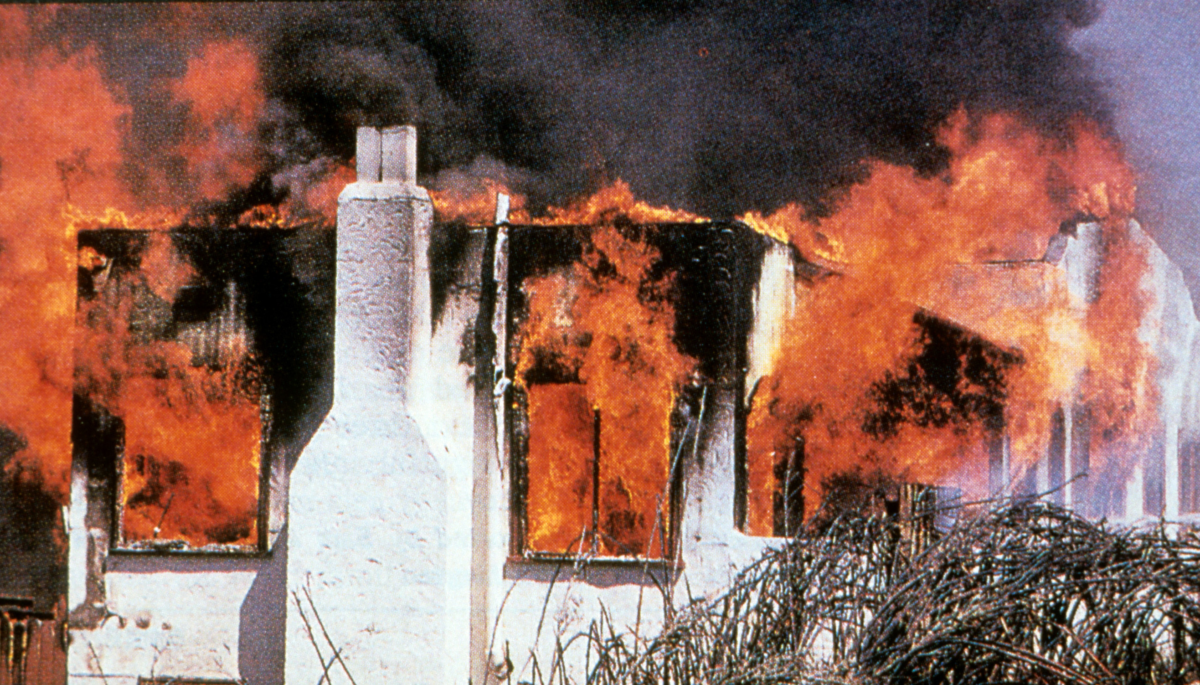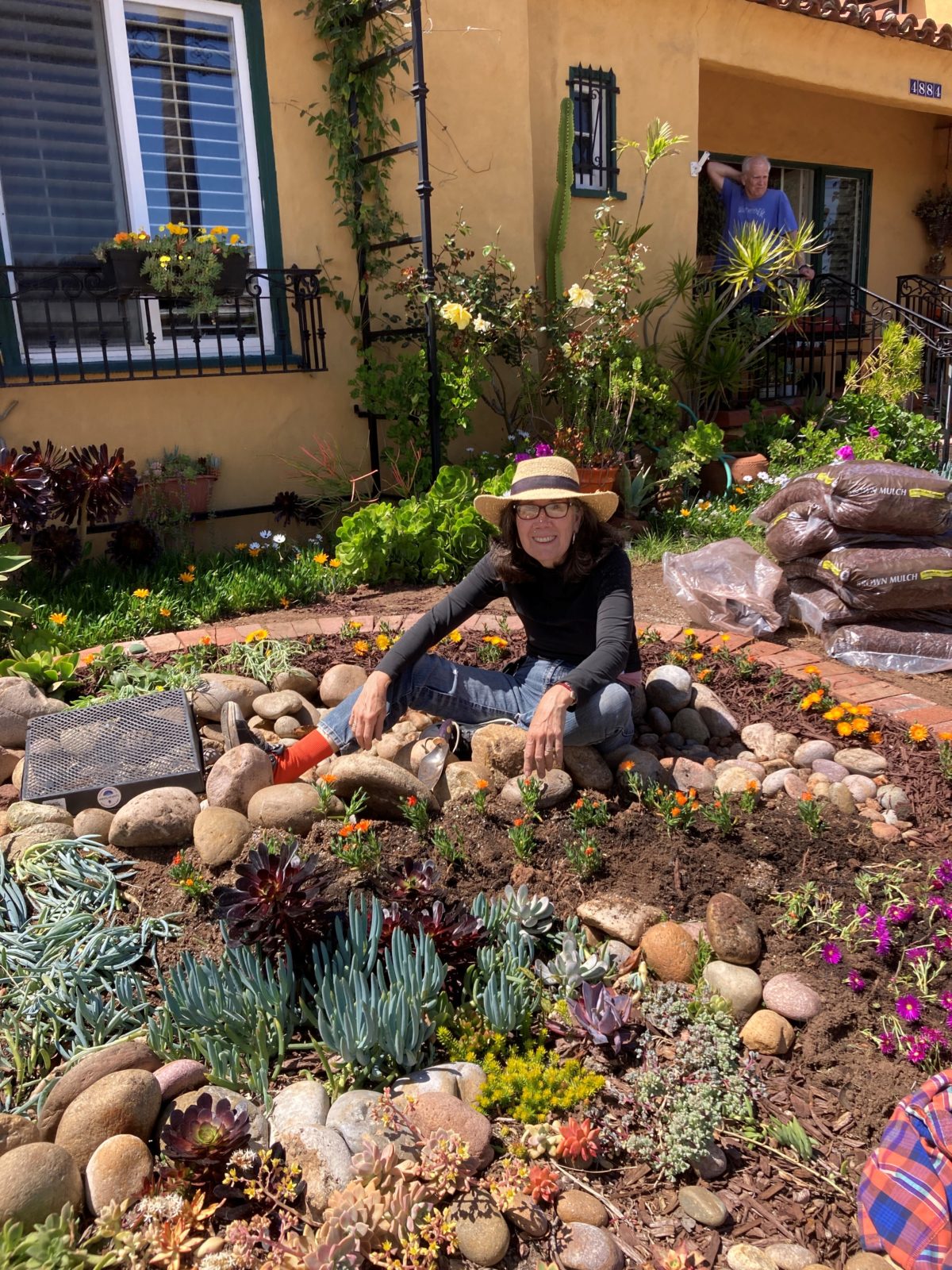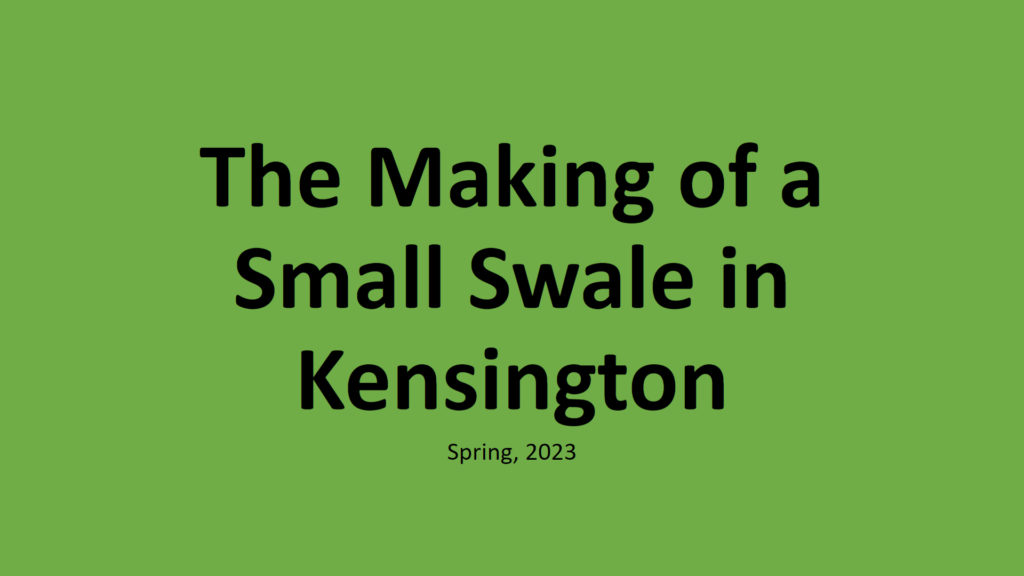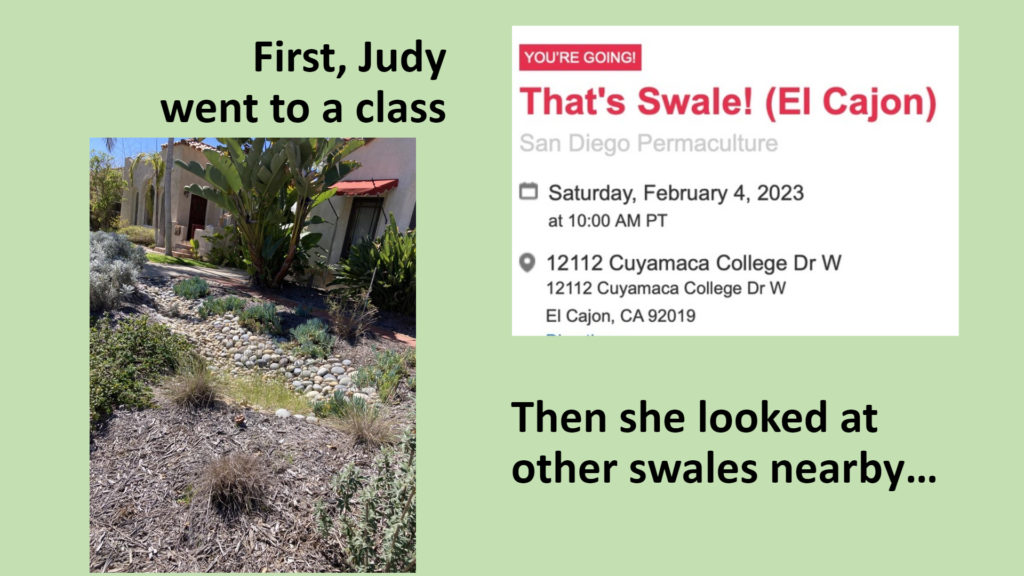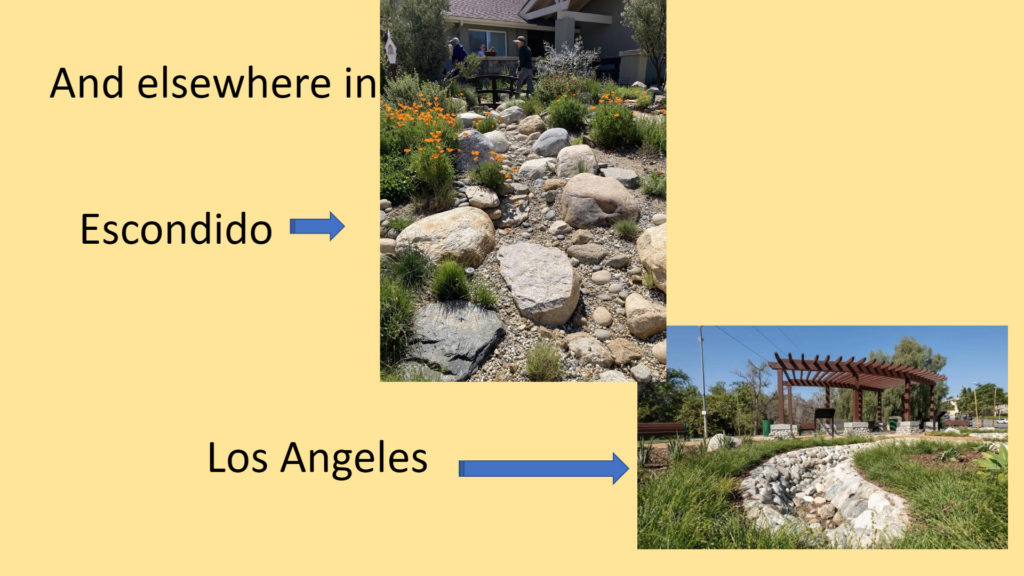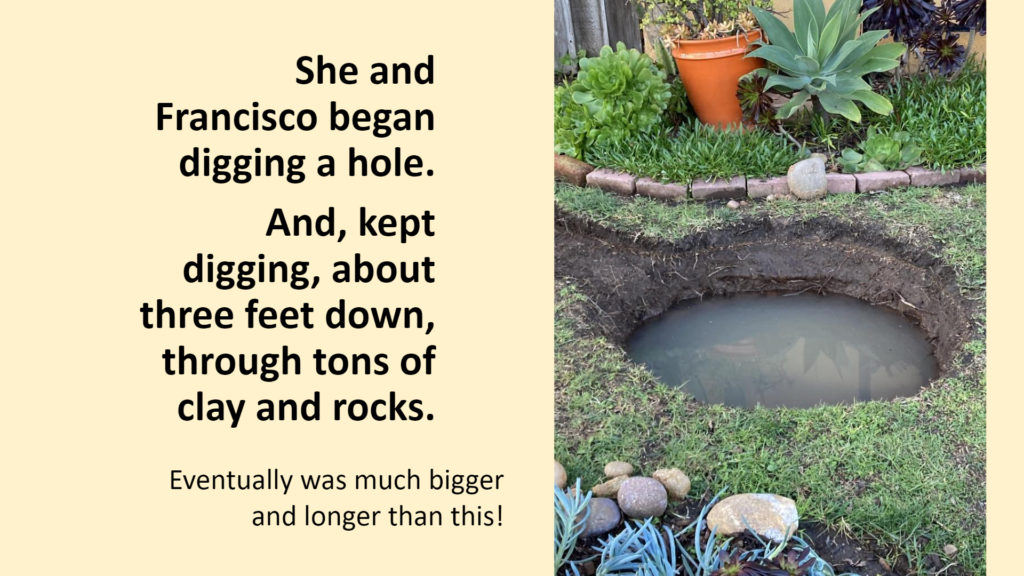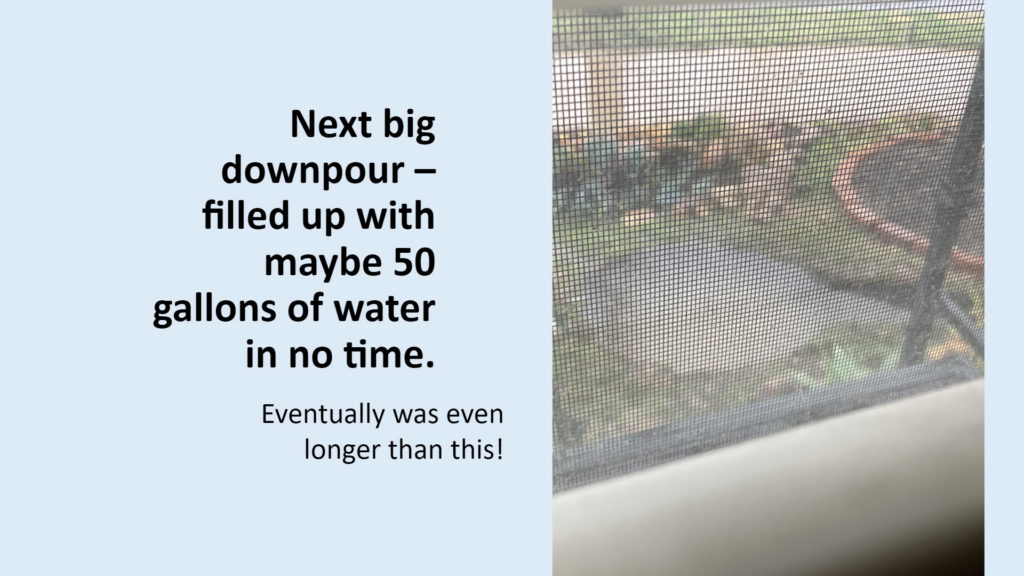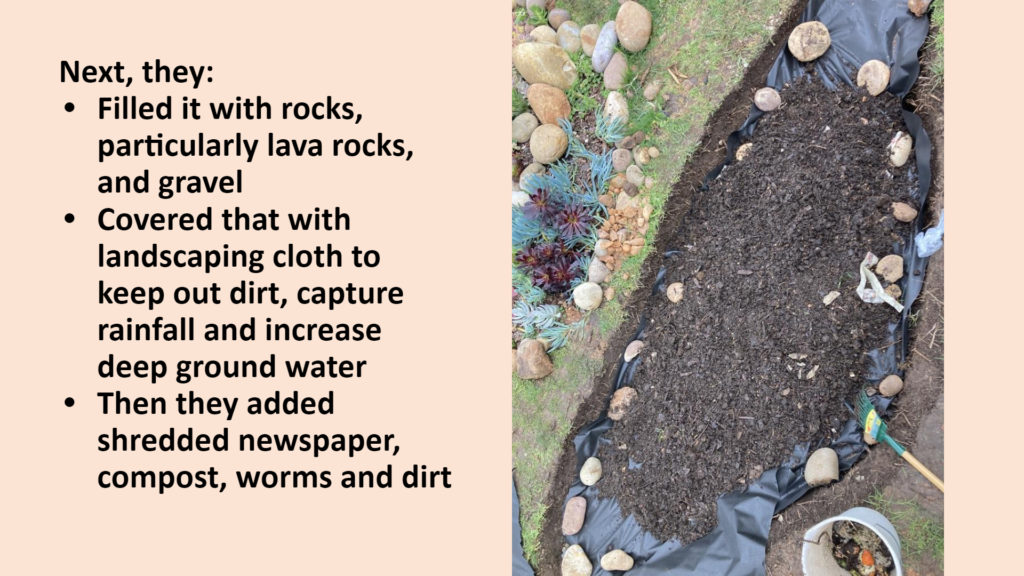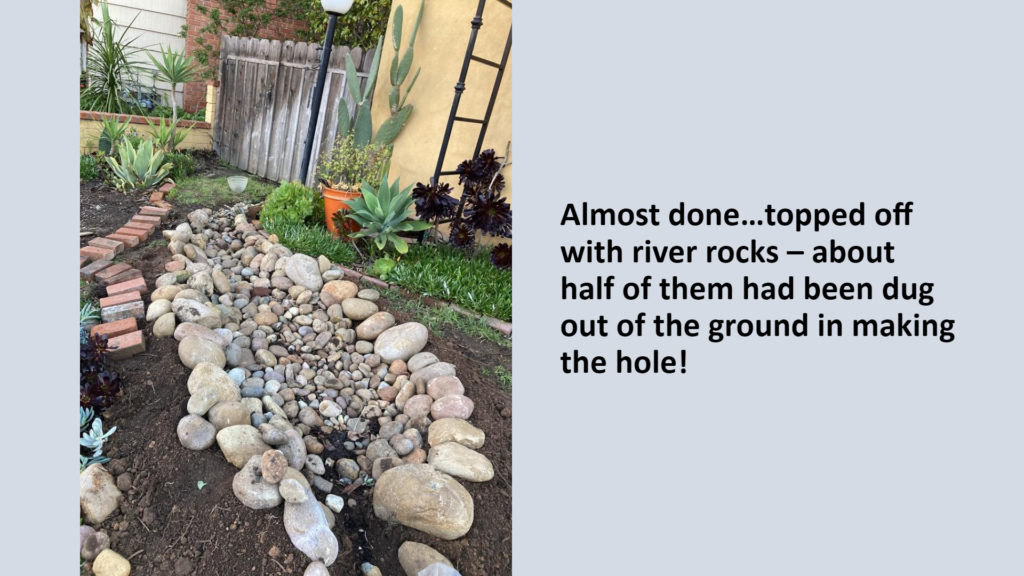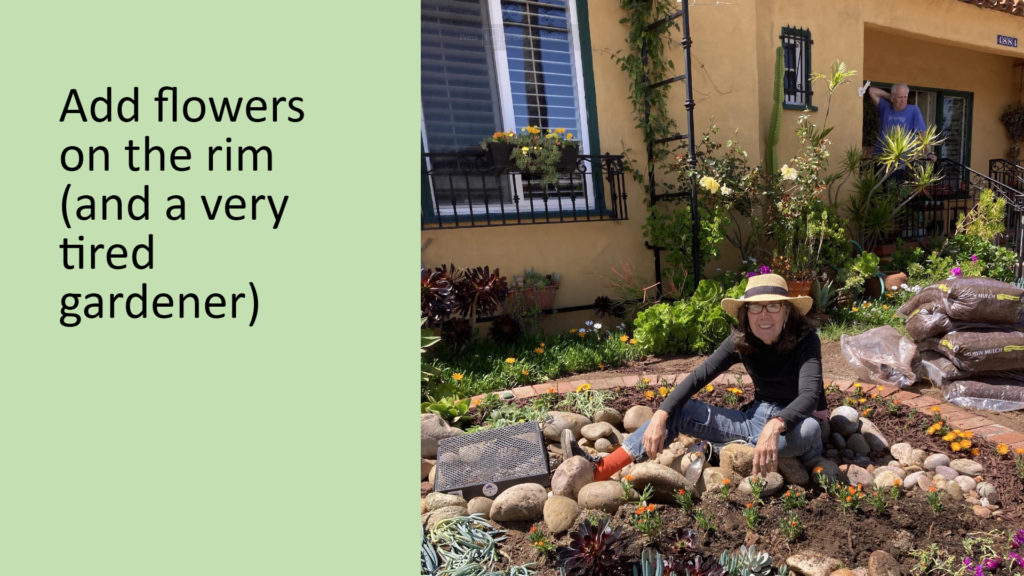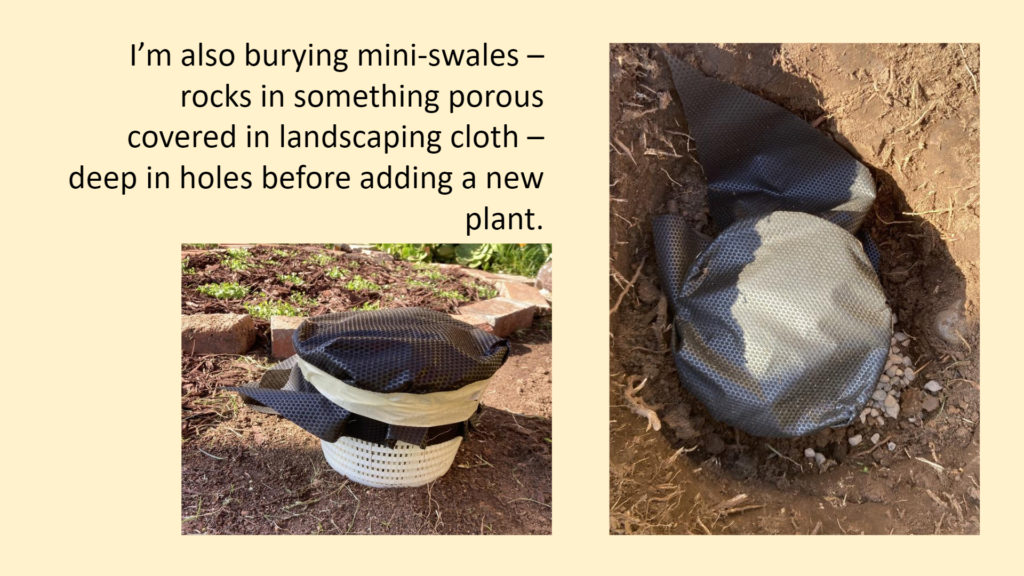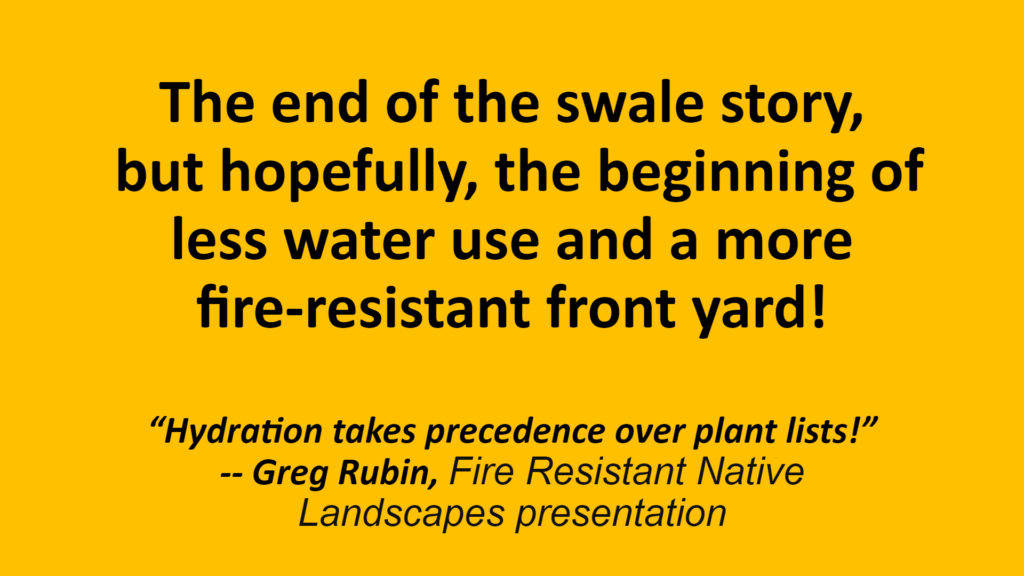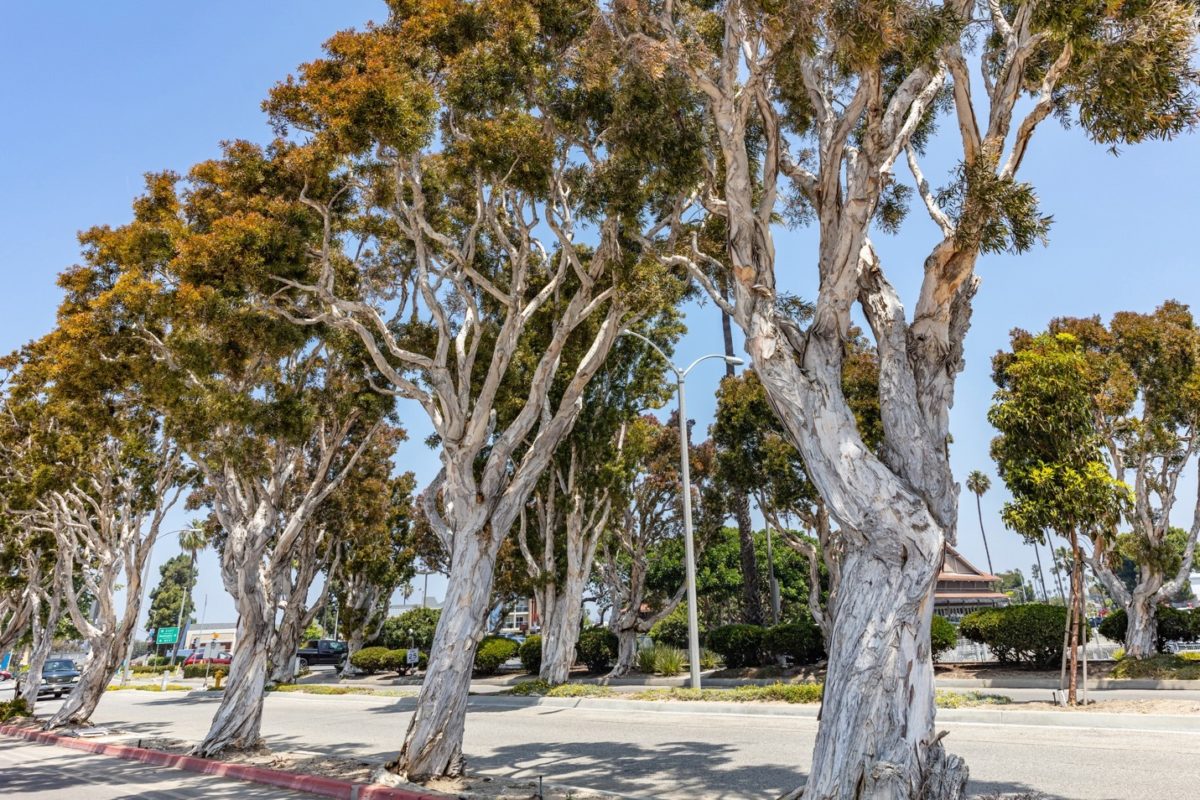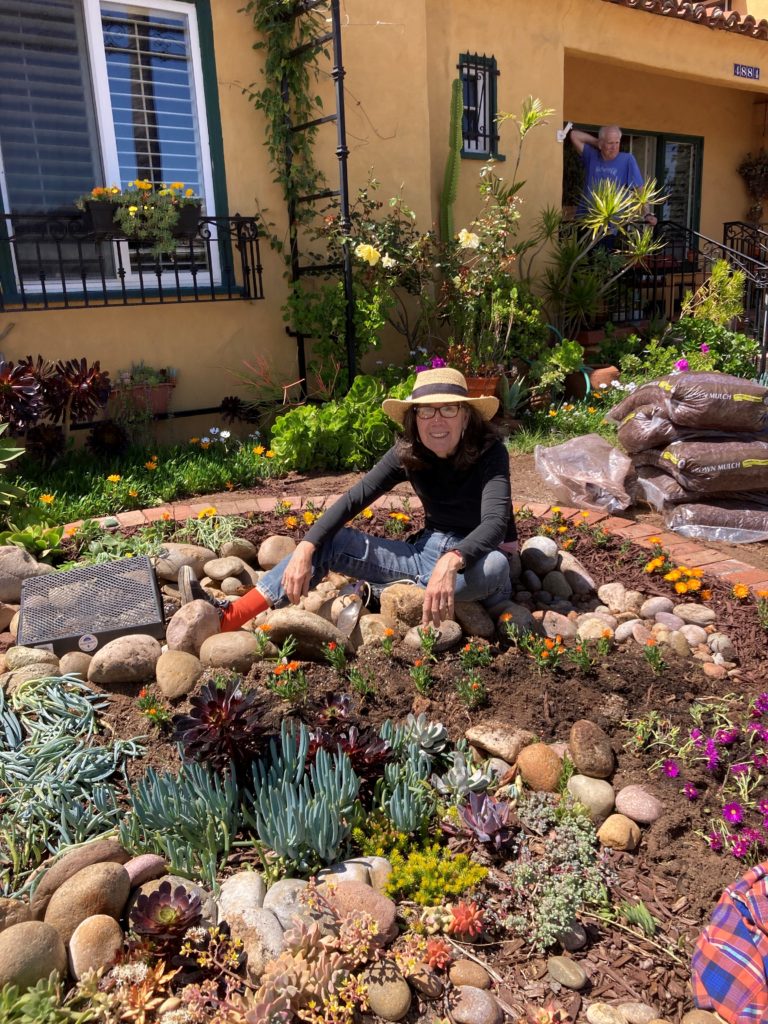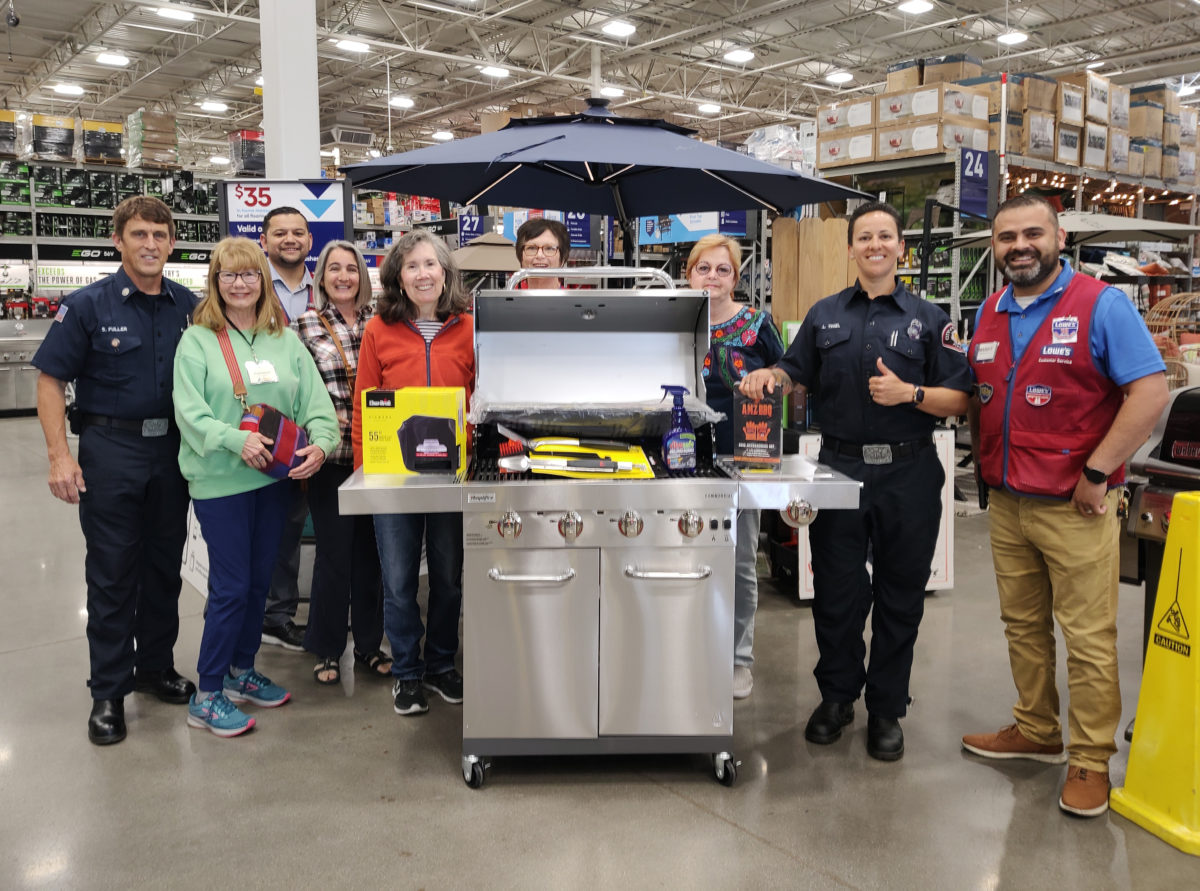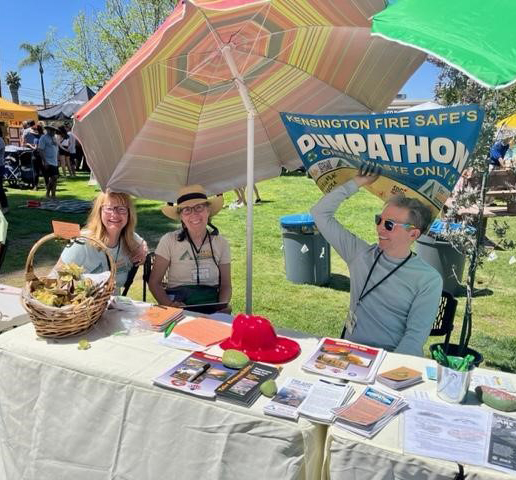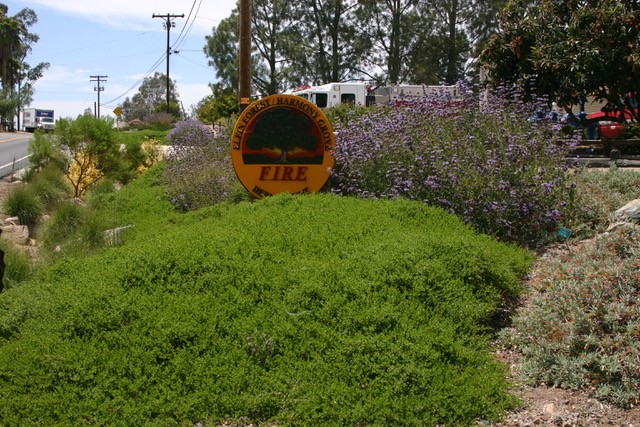By Judy Beust Harrington, Co-Chair, Kensington Fire Safe
Kensington’s fire safe council will share our researched answers to inquiries from community members here. Please send your fire-related questions to info@kensingtonfiresafe.org. Pictures really appreciated too!
Q: “Are there qualified professionals who can inspect my home and tell me how to make it more firesafe?” …asks Kensington canyon resident, Michael Kimmel.
And this month’s KFS Good Neighbor Award goes to Michael – hardening even a single home can help protect others nearby as well! And your award is a definite maybe answer to your question. Here’s some options we found:
Certified Inspectors?
The National Fire Protection Association (NFPA) has a “Certified Wildfire Mitigation Specialist Training and Certification,” but there’s no directory of their certified inspectors, although they told us they expect to have one online soon. (https://www.nfpa.org/Training-and-Events/Certification/Certification/Certified-Wildfire-Mitigation-Specialist)
But we found two possibilities for our area:
- Wildfire Home Hardening Specialists/Danny Glessner are NFPA CWMS certified. Danny inspected one Kensington residence – the owner said she was very pleased with his work. (760-822-4822, homehardening@gmail.com)
- The Real Estate Inspection Company, said their certification is in process. They charge $399 for an inspection but will provide our readers with a $100 discount if you use code HFH100. (760 203-9682, www.SDinspect.com)
Until California has its own certification (expected 2025), San Diego Fire Rescue Dept. recommends using a state-licensed contractor well-versed in Chapter 7A of the building code. (osfm.fire.ca.gov/media/ljhll2h3/2023-sfm-wui-listed-products-handbook-3-29-2023.pdf)
Other Possibilities
- San Diego Fire Rescue Department conducts door-to-door inspection of homes in “Very High Hazard Severity Zones,” which includes most of Kensington. However, with current staffing, it takes approximately 4.5 years to cover the entire city.
- If you believe there’s a fire hazard within 100 feet of your home, you can contact the Fire Hazard Advisor. The Brush Clerk will send an advisor to conduct a site assessment. Of course, if they find code violations, you may be issued a citation that can result in fines if you don’t correct the problem. (619-533-4444, https://sandiego.gov/fire/services/complaintinspections.)
- Also, owners selling a home in one of these zones must arrange for a “Defensible Space Assessment” as part of the real estate disclosure requirements, which may differ from other inspection requirements. (https://www.sandiego.gov/fire/services/ab38)
- Insurers often have trained agents to do home inspections, particularly if they are offering discounts for significant hardening efforts, e.g., new roofs, wiring updates, central fire alarm systems, etc. Check out: (insurance.ca.gov/01-consumers/105-type/95-guides/03-res/Insurers-Currently-Offering-Discounts.cfm)
- Non-profits:
- For folks with limited ability to harden their home because of physical, economic, or other barriers (1) the Defensible Space Assistance Program has trained inspectors and potential financial assistance. (firesafesdcounty.org/dsap/), and (2) the National Volunteer Fire Council trains Fire Corp programvolunteers to conduct home safety checks. (nvfc.org/programs/firecorps/)
- The American Red Cross and partners offer free wildfire preparedness visits where they assess and give tips on the first five feet of defensible space. They also provide free smoke, bed-shaker and strobe alarms. No qualifications or restrictions. (619-354-9609, www.SoundTheAlarm.org\SoCal ).
- DIY: Several on-line tools for a do-it-yourself assessment come up on a “home hardening” search, for example:
- “Wildfire Prepared Home” – this insurance industry’s designation might get you an insurance premium discount. Their online initial questionnaire is quite comprehensive, but beyond that there’s a fee. (wildfireprepared.org/wildfire-prepared-home-base-assessment/)
- Two other good info sources: CalFire’s Ready for Wildfire. (readyforwildfire.org/prepare-for-wildfire/get-ready/hardening-your-home/), and the “Safer from Wildfires” program: (www.insurance.ca.gov/01-consumers/200-wrr/Safer-from-Wildfires.cfm)
Two side notes:
- Fire Chief Anthony Tosca, who thankfully helped with this info, also highly recommends residents consider establishing a local fire safe council – funding is available to help create a safer community. Heh, Normal Heights, Talmadge, City Heights– how about it?
- James McBroom, a NFPA-certified, Alpine Fire Marshall, says it’s time to remove ALL combustible materials from the first five feet around our home exterior. That means no plants, vegetation, wood fencing, mulch, or bark. Replace with rocks, stone, pavers, or just bare mineral soil. Plants in non-combustible pots under 18″ high, might be OK but NOT in front of a window.
Hardening against a fire can be a few simple steps, like small-gauge hardwire on your vents — or more involved and potentially expensive efforts. On the other hand, that could be a piece of cake compared to the cost of replacing your home after a fire. Even if you’re insured, deductibles and gaps in coverage can be significant. Just ask one of the 75 Normal Heights residents who lost their home to the terrible fire in 1985.
Wonder how many of them, like many of us, thought “it can’t happen here!” As Gary Weber, a resident who lived through it told me, “It truly was a firestorm, and I’m not sure that anything could have stopped it once the winds were amplified as they entered the canyons.”
www.sandiego.gov/fire/about/majorfires/1985normalheights.
Thin, Trim and Dump
Oh, and an easy hardening opportunity – thin and trim during Kensington Fire Safe’s Fall Dumpathon, September 28 to October 9th to take advantage of our free dumpsters! Locations will be announced on Nextdoor, KFS Facebook page, and our website (kensingtonfiresafe.org/dumpathon/)! Great time to dump leggy, excess or dead greenery before it becomes potential fire fuel!
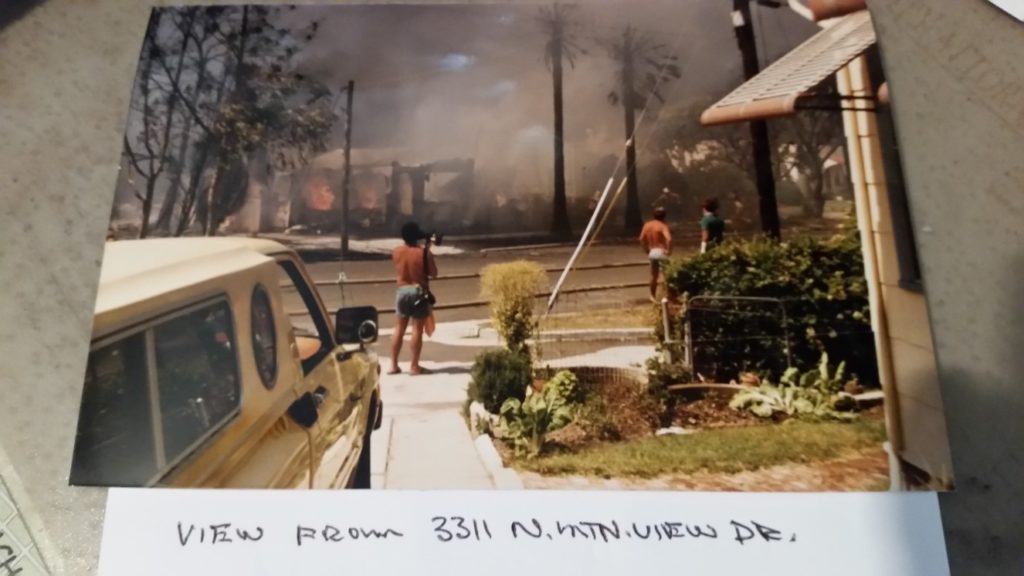
Thank you Jim Baross for this 1985 Normal Heights fire picture, taken from Jim’s driveway in the 3300 block of North Mountain View. Jim’s house was unharmed except for the door the firefighters broke down, but 75 other neighbors completely lost their home.
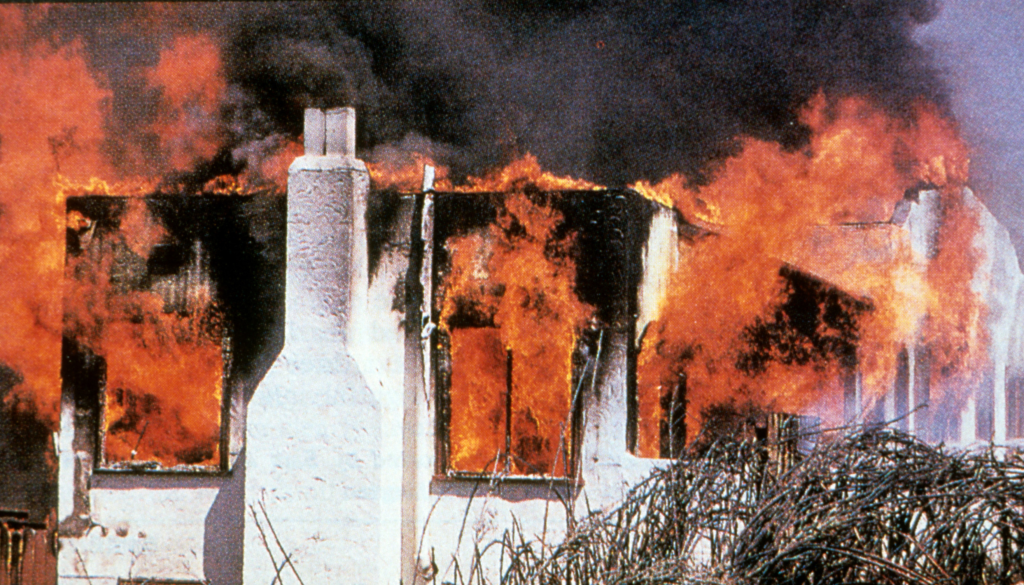
Photo curtesy of Richard Miller, a Normal Heights resident since 1976.

A Normal Heights home during the ’85 wildfire.
